From the first captured images of the cosmos we have been amazed by the beautiful nebulae, but ...
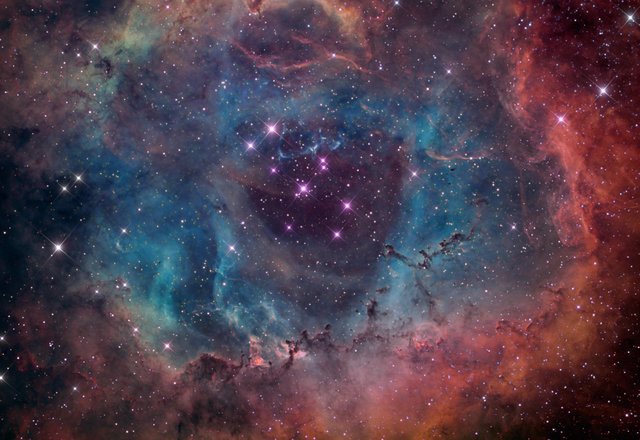
¿What are the Nebulae?
Nebulae are concentrations of gas and star dust that are found in galaxies that are usually irregular, in nebulae most stars originate from collisions of atoms and clusters of matter found in them.
¿How nebulas are classified?
They can be classified according to light, such as:
* Dark nebulae.
They are clouds of cold gas and cosmic dust that does not emit light. Usually the dust found in these nebulae is dense like cigarette smoke and the molecules get to be about 1 micron in diameter.
¿How nebulas are classified?
They can be classified according to light, such as:
* Dark nebulae.
They are clouds of cold gas and cosmic dust that does not emit light. Usually the dust found in these nebulae is dense like cigarette smoke and the molecules get to be about 1 micron in diameter.
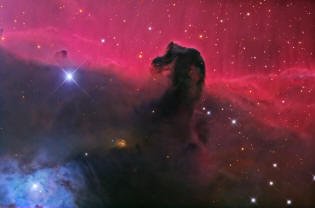
* Diffuse Reflection Nebulae.
They are nebulae that have a high level of hydrogen and reflect the light of the stars that are close to it and that do not emit enough radiation to illuminate them, they are usually blue.
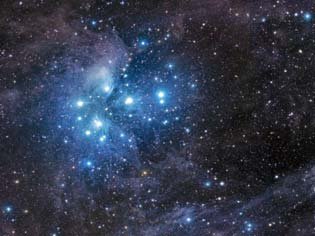
The Pleiades nebula or seven sisters.
*Broadcast nebulae.
They are nebulae that emit their own light thanks to the radiation that originates nearby stars and that cause the hydrogen atoms to be excited, therefore they are visible and very common.
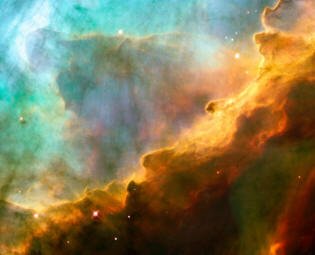
* Emission and reflection nebulae.
As its name indicates, they are nebulae that emit light thanks to the radiation of nearby stars and the excitation in turn of the hydrogen atoms that are in them.
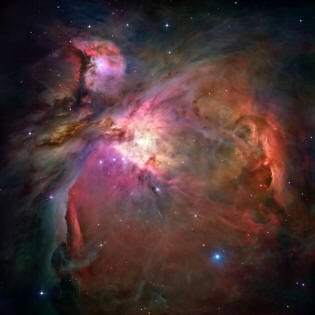
Planetary nebulae
They are nebulae that originate from the remains of the stars. When a star dies its light illuminates the dust that is around it and gives rise to a planetary nebula, however the name originates from the first observation you have about this type of nebulae.
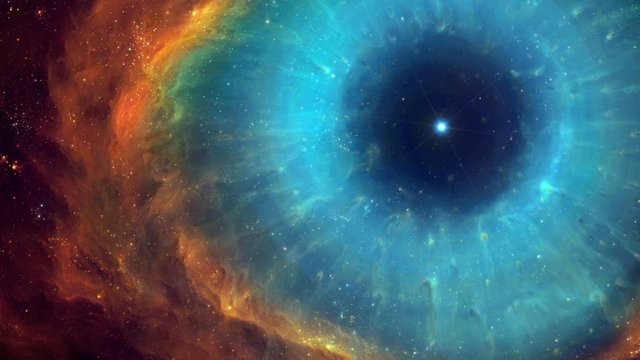

Some curiosities.
The nebula closest to the earth is Helix Nebula at 650 light years from the sun.
The Tarantula Nebula is the largest nebula known to this day, with a width of one thousand light years.
The Bumerang nebula is the coldest known at -272ºC.
The nebula closest to the earth is Helix Nebula at 650 light years from the sun.
The Tarantula Nebula is the largest nebula known to this day, with a width of one thousand light years.
The Bumerang nebula is the coldest known at -272ºC.

Photo gallery.
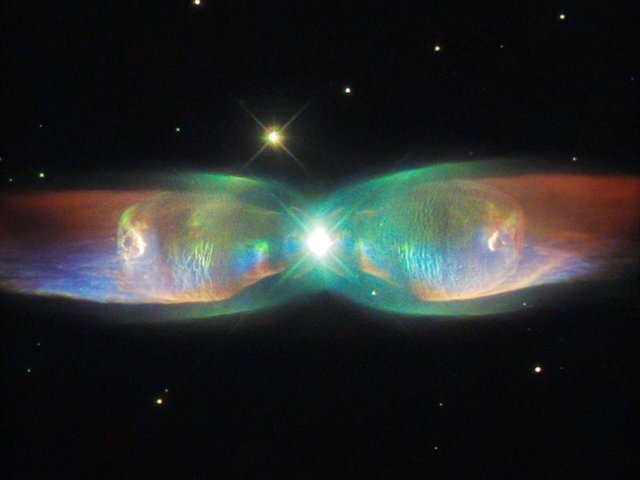
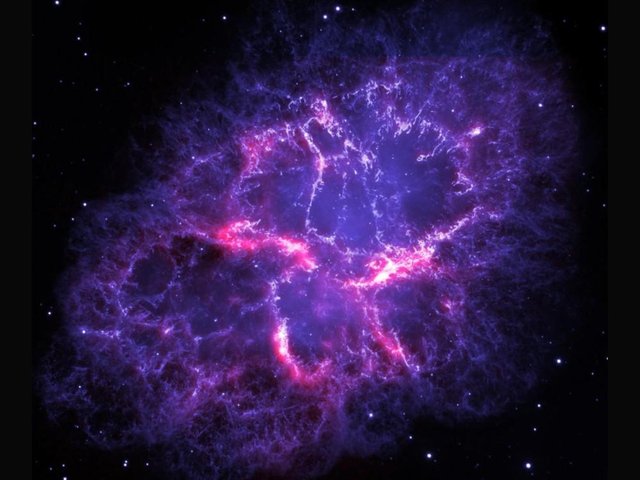
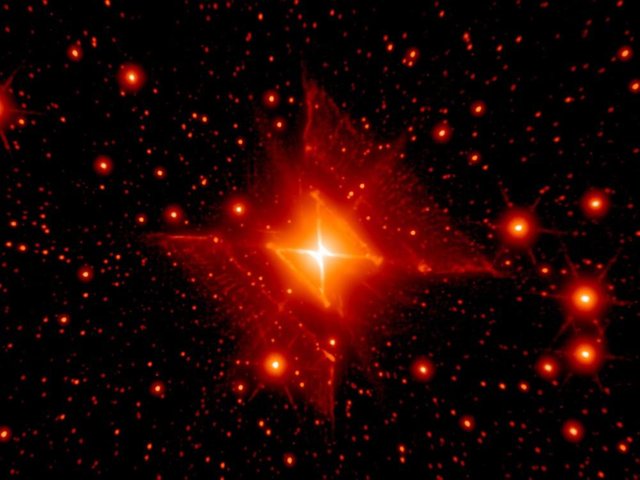
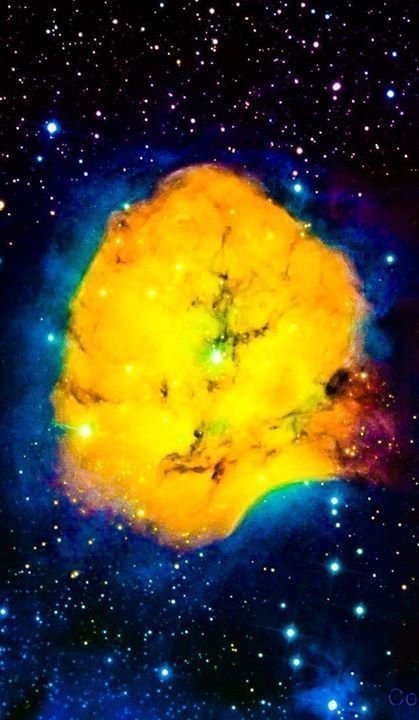


If you want to learn more you can visit the following links:

I hope your comments and suggestions on this post, a big hug!


Downvoting a post can decrease pending rewards and make it less visible. Common reasons:
Submit
Your article is interesting.. But I think u need to recheck the copyright of some of ur images.. Please make sure that u only use ur own image or free images on ur article...
To know more about image issues, u can take a look at this article.
Downvoting a post can decrease pending rewards and make it less visible. Common reasons:
Submit